Verdict
It's a huge move to switch to a new platform during a mid-life facelift, and the newer underpinnings should prove their worth in the updated E-Pace over time. But despite that big change, this still feels like a solid, but unspectacular update for Jaguar’s small SUV. The new platform could sway buyers previously put off by the old car’s lack of sparkle, but the thorough revisions rounded off by better infotainment will be the bigger draw.
It's not just the F-Pace that finds itself with new plug-in hybrid power for 2021. Its smaller E-Pace sibling adopts a plug socket and battery too as part of the car’s mid-life updates.
Badged P300e, this version has been made possible by the radical decision to give the E-Pace a facelift that introduces not just fresh interior tech and a slightly revised look, but also a new platform - a move mirroring the far reaching updates to the Discovery Sport in 2019.
Design wise, from the outside this facelift barely changes things. Redesigned front and rear bumpers, new headlights and taillights, and new wheels are the only eye catching changes. Instead, changes under the metal and in the cabin have been prioritised.
Jag has swapped the ageing D8 underpinnings for Jaguar Land Rover’s newer PTA architecture, making plug-in power a possibility. This P300e borrows its drivetrain from the plug-in version of the Range Rover Evoque, a model that impressed us.
In practice, it’s a similar story here. The Jaguar combines a 197bhp 1.5-litre three-cylinder turbo petrol engine with a 15kWh battery and a 108bhp electric motor. Total power stands at 305bhp with 540Nm torque, making it the most powerful version of the E-Pace.
It’ll sprint from 0-62mph in 6.5 seconds, top speed is 134mph, and you’ll be able to run on electric power only for up to 34 miles. CO2 emissions stand at just 44g/km, which means that this E-Pace sneaks into the 10 per cent Benefit-in-Kind company car tax bracket. It’s certainly the one business users should go for.
What we liked about this powertrain in the Evoque still shines through here. Don’t be put off by the fact it’s a three-cylinder unit. The E-Pace, on its newer PTA platform, is actually slightly heavier than its F-Pace big brother when hybrid technology is brought into play, but again, that torque figure is king.
With 540Nm to rely on when petrol and electric power are working together, the car never feels sluggish off the line or on the move, only really making its near-2.2 tonnes felt when cornering keenly and around town on less than ideal surfaces. Here we found the ride to be a little fussy.
In reality, we’ll need to try a car without the extra mass of the hybrid drivetrain to really judge if the new platform makes the E-Pace any better to drive. But based on our experience in the new, lighter Discovery Sport, it should prove to be better on the road.
You move off silently in EV mode, but the switch to hybrid drive with the introduction of the three-cylinder motor is pretty seamless - one of the better installations out there, in fact. And by the standards of small petrol engines, it’s great: quiet, refined and not thrashy as the revs rise if you need to call it into action.
Perhaps, like the F-Pace, the E-Pace plug-in’s best side is exposed when you settle into a cruise, rather than try to let it live up to any sportier expectations. Also like its bigger brother, it comes with an impressive charging standard too.
A 7kW wallbox will give you an 80 per cent recharge in one hour and 24 minutes, and standard 32kW DC charging means just 30 minutes for an 80 per cent top-up from a rapid charger.
The P300e also has a ‘Save’ drive mode for recharging the battery on the move using the petrol engine.
Unlike its bigger brother, the interior update received by the E-Pace isn’t quite as expensive. Whereas the F-Pace has an entirely new dashboard architecture, the E-Pace carries over some of its older design elements married with newer technology.
That’s not to say it’s a poor match. The new 11.4-inch Pivi Pro infotainment unit sits nicely in the housing of the old system, and it’s a massive upgrade compared with what came before it. The graphics are razor sharp, as is the responsiveness of the screen, its menus and overall layout is a huge step in the right direction for JLR, especially when we’ve come to criticise the firm’s infotainment set-ups in the past for feeling outdated from launch.
The new 12.3-inch digital instrument cluster brings the E-Pace right up to date too, sitting behind a new steering wheel with touch-sensitive controls. Physical dials for the climate control and heated seats are retained, and are part of a centre console design headlined by a new gear selector.
They’re all very credible changes in a cabin that was beginning to feel its age, but still feels a little old compared with the Range Rover Evoque, which is still the better of the two junior JLR SUVs.
| Model: | Jaguar E-Pace P300e R-Dynamic S |
| Price: | £45,995 |
| Engine: | 1.5 litre 3cyl petrol turbo with electric motor |
| Power/torque: | 305bhp/540Nm |
| Transmission: | Eight-speed automatic, four-wheel drive |
| 0-62mph | 6.5 seconds |
| Top speed: | 134mph |
| Economy/CO2: | 141mpg/44g/km |
| Electric range: | 34 miles |
| On sale: | Now |
from Sitewide RSS feed https://ift.tt/3rKm6bi
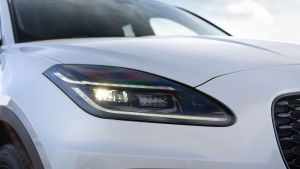
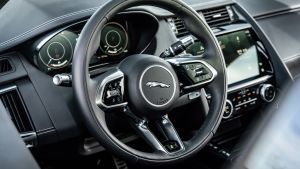

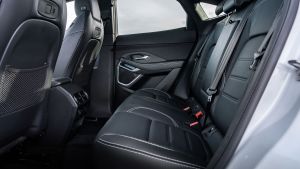
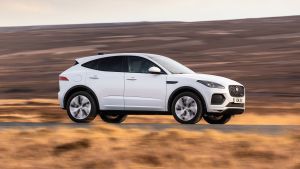
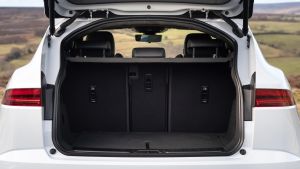
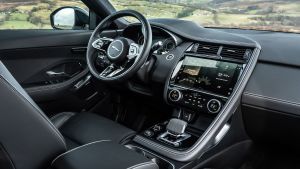
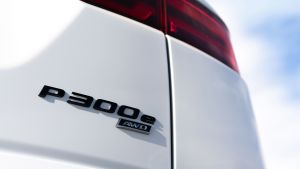
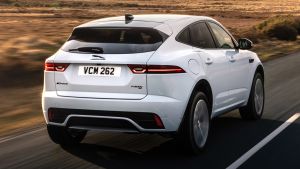
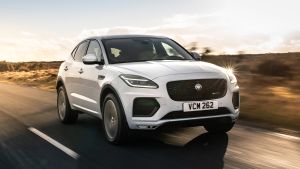
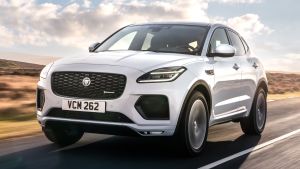
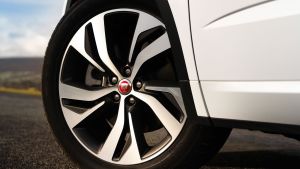
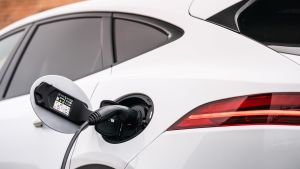
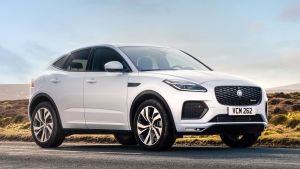
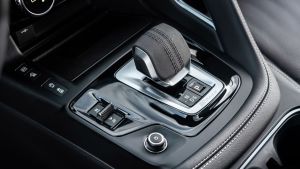
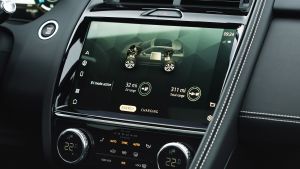
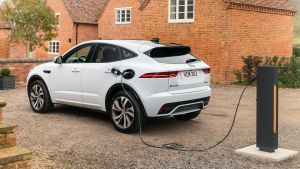
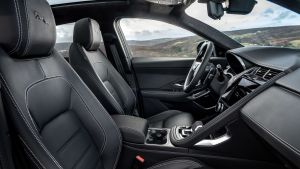
No comments:
Post a Comment